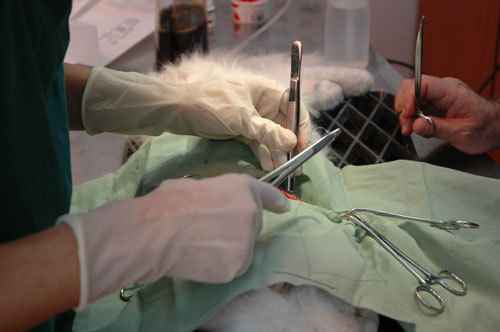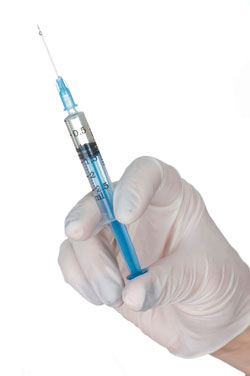We monitor our patients closely to keep them as safe as possible during procedures that require general anesthesia. We’d be happy to discuss these matters in more detail.
Anesthesia and Patient Monitoring
Making sure our patients remain safe during surgery and other medical procedures is extremely important to us. Our veterinary team is skilled in using anesthesia and monitoring patients to ensure their safety and provide the most comfortable experience. Anesthesia and patient monitoring vary greatly from clinic to clinic. You can be confident that we use the most effective and up-to-date protocols. The type of anesthesia we use depends on the procedure. Some require general anesthesia, while others may only call for local anesthesia. We also closely monitor every procedure, regardless of whether it’s routine or more advanced. For more specific information on our protocols, please see the individual descriptions or contact us with any questions.

For some procedures, your pet will need to be administered general anesthesia so that he or she will be unconscious and not feel pain. In addition, we follow a specific anesthetic…

If your pet is having a minor surgical or diagnostic procedure, we may be able to use a local anesthetic to help control pain. Please contact us if you have…
